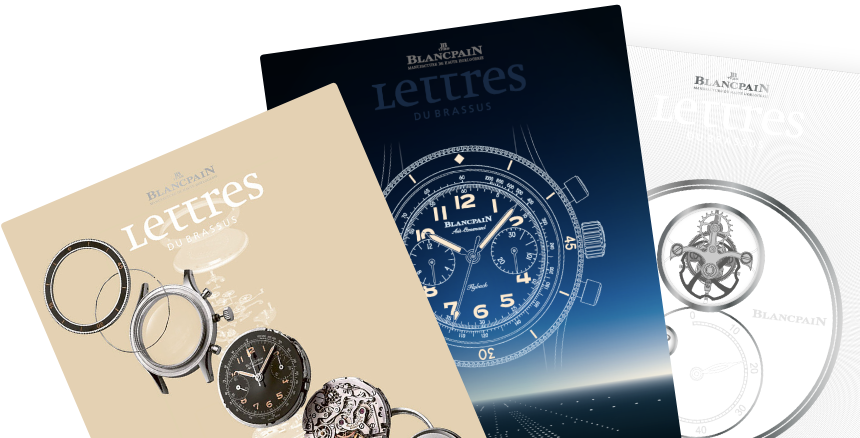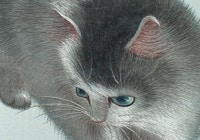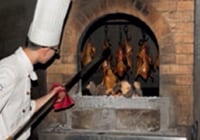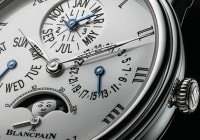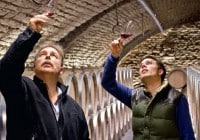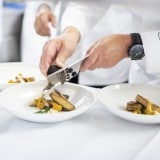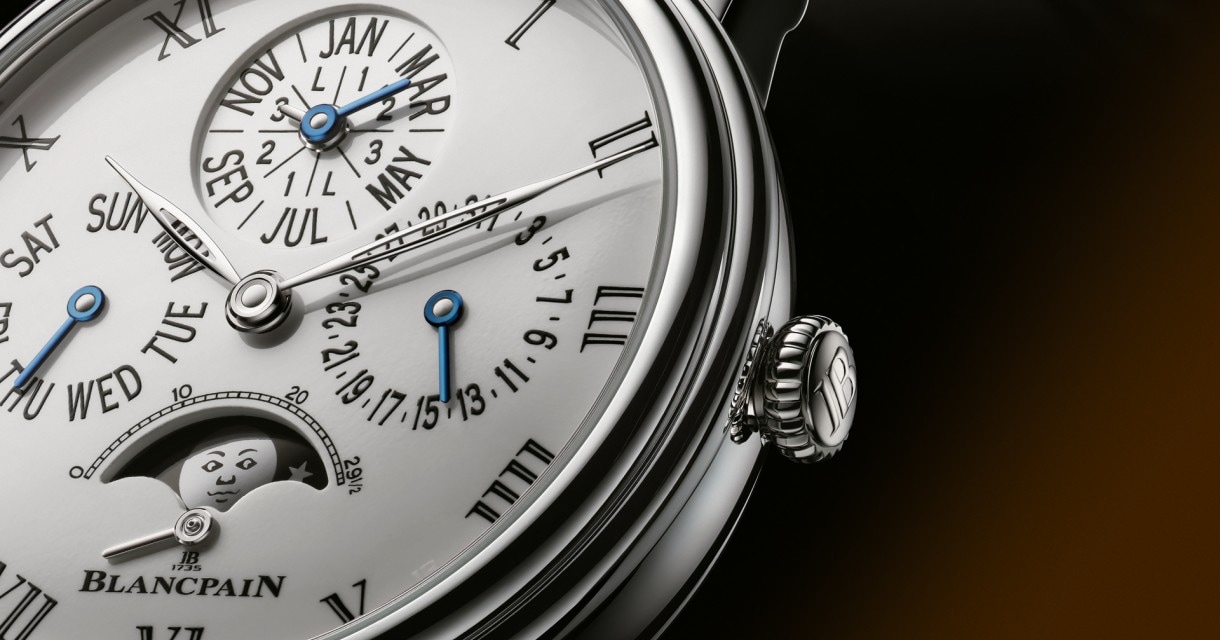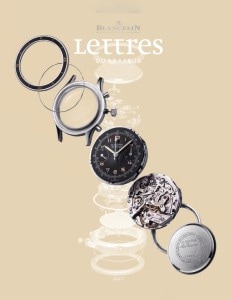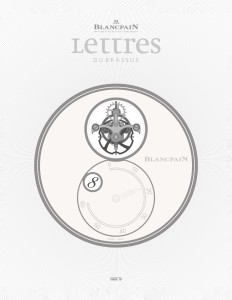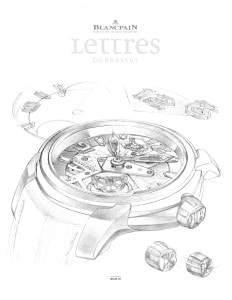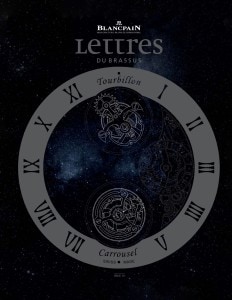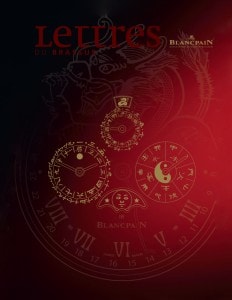
Search in Issues
Chapters
List of parts
Chapter 6
Dining in BEIJING
Venturing to the source in Beijing: Peking Duck and Mongolian lamb.
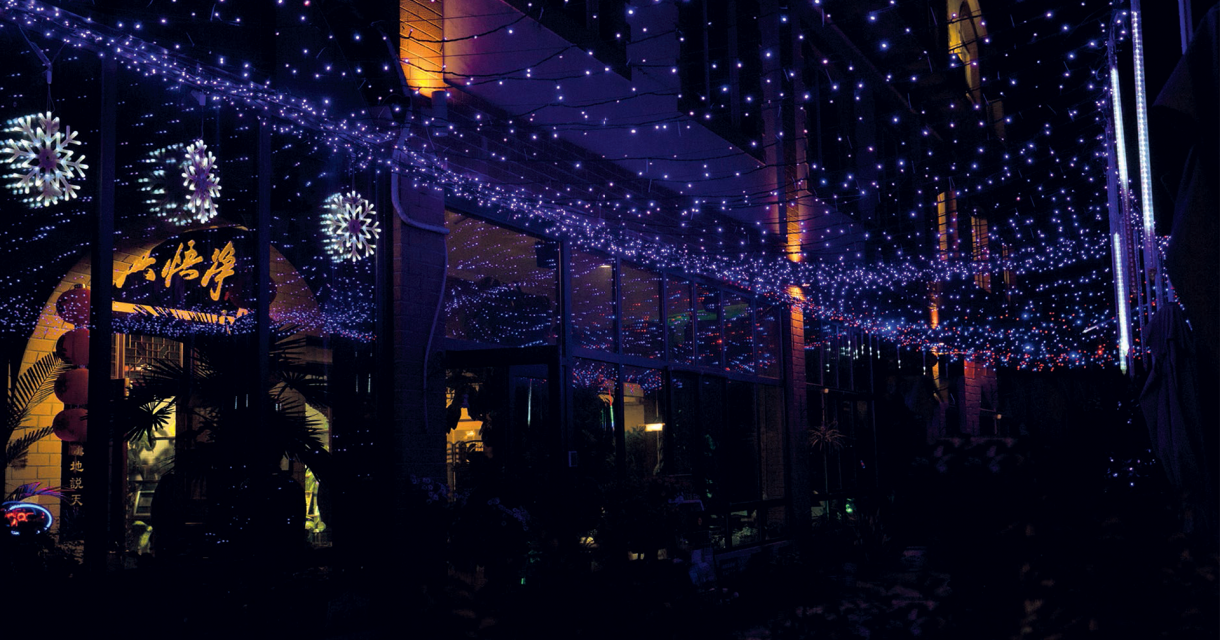
TWO TEMPLES offering regional specialties, vivid in their contrasts.
If you are angling for the dunce cap at a cocktail, try impassioned discourse on globalization, as if offering pearls of wisdom. So, been living in a cave off the grid for the past two decades have you? And your revelation is what exactly? Of course we live in a globalized world, knitting ourselves together ever tighter and at an ever increasing velocity. And globalization, however profound, in multiple arenas, seems nowhere more deeply rooted than in the world of food. Today, every major city pulses to the beat of legions of the world’s cuisines. No need to travel, simply stroll into the ethnic neighborhoods and it’s all there.
Almost, but not quite. Globalization or no, there are just some things that have to be experienced at the source. Nowhere is the point pounded home more emphatically than in Beijing with two restaurants that have established themselves as reference points for two storied local dishes: Da Dong for Peking Duck and Jing Wu Zhen for whole Mongolian lamb. In both cases what is offered exists in the same way nowhere else in the world, no matter how vigorous and spirited the migration of chefs and recipes may be from Beijing to the outside world. Remarkable, however, is the vivid contrast between these two temples of regional specialties, as one oozes luxury and glitz, the other provincial rusticity.
Da Dong. Can one person almost single handedly cast such a large shadow that the very mention of a legendary dish, one that has existed for centuries, calls to mind his name? Chef Dong Zhenxiang has accomplished just that; he and his now eight restaurants in Beijing (plus two new additions in Shanghai), have become synonymous with Peking Duck. He is the reference point. Yet, none of this notoriety has happened by accident or serendipity. Instead, Dong earned his title through extraordinarily hard work and, as with all of the world’s great chefs, obsessive attention to detail
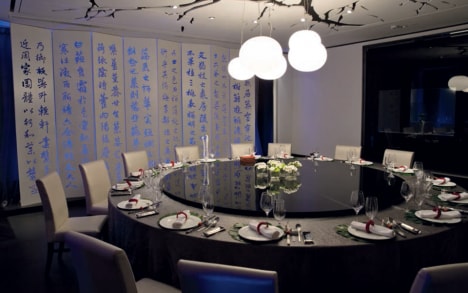
One of the private rooms at Da Dong.
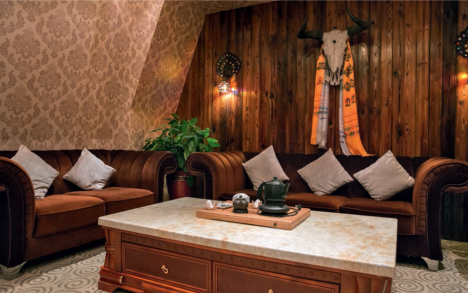
A private room at Jing Wu Zhen.
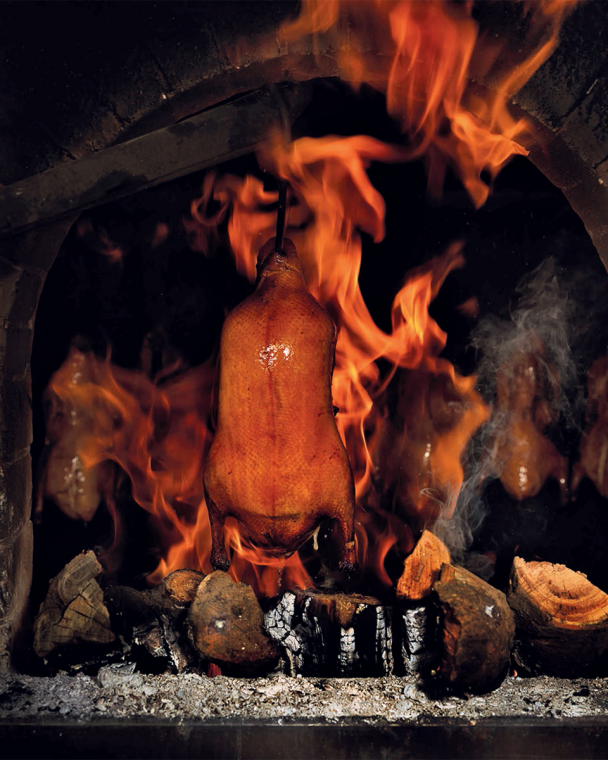
The Da Dong rule: ROASTING THE DUCKS OVER FRUIT WOOD FIRES.
Dong’s father was a chef who instilled in him a deep appreciation for the traditions of Beijing cooking and propelled him to enroll in cooking school. That was followed by apprenticeships in a number of different restaurants in Beijing. That progression...family cooking heritage, formal training, apprenticeships in several restaurants...sounds a familiar refrain when compared to the backgrounds of many of the world’s celebrated chefs. There was one wrinkle, however. This all took place during the period when it was the Chinese state which ran the school and which owned and operated the restaurants.
Plainly, from the beginning, Dong was an entrepreneur. As state control restrictions began to relax in 1985, he opened his first restaurant. Sharing dinner and stories with him recently it was impossible to conjure the images of his first restaurant as he described it. We were sitting in his newest Beijing Da Dong, a 1.2 billion yuan temple to duck, suffused with luxury in every dimension, from its opulent private rooms, surrounding shimmering ponds, and labyrinthine blue lit entrance walkways. How to juxtapose Dong’s descriptions of his first restaurant that reduced him to battling the smoke from his roasting ducks? In those days, as he struggled to earn enough to buy equipment for the kitchen, it was Dong himself who tended the stoves and fires.
Of course, that has all changed as impressive brigades now preside over cooking and presentation, leaving Dong free to concentrate on the conception of the cuisine, which he terms “research”. His cooking has evolved to incorporate artistic riffs into Beijing classics. Everywhere, that is, except for the core principles of the preparation of Peking Duck.
Rules for duck. First, gas fired ovens, used almost everywhere else, are completely beyond consideration. Ducks cooked in a gas oven acquire a surface residue which Dong rejects. Instead, at all Da Dong restaurants, the ducks, necks and heads still attached, are hung on hooks and cooked over roaring fruit wood fires. Apple and peach wood are used interchangeably, both obtained from groves arrayed in the mountains surrounding Beijing. The ducks, as well, are raised locally. Since the day he opened his first restaurant, Dong has been working with but a single source, a farmer who has been breeding ducks for nearly 50 years and who sells only to Dong. By insisting on supply from but one farm, Dong is sure that breeding will be both correct and the diet of the birds consistent. That breeding is oriented toward extra lean birds which are then nurtured according to strict standards and are subject to careful health controls. The right age is 45 days and each day 1,200 ducks make their journey to Dong’s restaurants.
TWO VERSIONS OF DUCK are offered, traditional with hoisin sauce and another with caviar.
After roasting to a rich mahogany brown color, tradition is preserved in the table side presentation and carving. Gloved chefs wheel the duck into the dining room and deftly carve off the precious crackly skin. There are two schools of thought on the all-important “holder” for eating the duck: buns vs. pancakes. Da Dong casts its lot “predominantly” in the second camp, believing that all that is needed is minimalist casing with which to grasp the meat but, by no means, to distract from it. “Predominantly a pancake” is an artfully chosen description, as the ultra-thin pancakes have crunch and seem to resemble lavosh which has been formed into crisp hollow dome. Two variations are on the menu; the more traditional of the two is accompanied by hoisin sauce and an armada of addi- tional garnishes: shallots, white sugar, garlic puree, preserved vegetables, pickles, radish, and cucumber, all chosen to set off the richness of the meat.
There is, however, a second variant on the menu. Classically, Peking Duck is married with a sweet hoisin sauce. Completely without peer, Da Dongoffers an utterly unexpected luxury version, conceived in precisely opposite terms from sweet hoisin, that of salt, in the form of a generous dollop of black caviar. Nothing is meant to stand in the way of this full throttle preparation as sections of the carefully carved skin, each bearing a caviar mound, are simply poised atop cucumber. This caviar pairing transports the duck into new, suavely sophisticated, gastronomic territory. It draws out the smoky accents from the wood fire roasting that otherwise would be largely masked with traditional hoisin. One caution: this is an order ahead dish as only three caviar ducks per day are available.
Although the script underneath the neon sign above the door reads “Da Dong Super Neat Roast Duck”, Chef Dong offers a staggeringly broad selection of dishes in addition. Indeed, the menu, surpassing even the most ambitious of wine lists in its bulk and girth, 50 cm in height and boasting fully 138 pages, is an encyclopedic catalog of grand Chinese cuisine. Despite its formidable length, the menu should be comforting for visitors, as each of the dishes is photographed removing all mystery for those who might otherwise be challenged in understanding the descriptions.
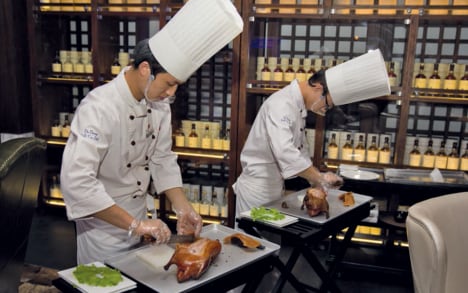

There is an EAST MEETS WEST side to Da Dong.
Perhaps not on the sign above the door, but nearly every bit the “must have” as the duck, is his Steamed King Crab with Shaoxing Wine. For those unfamiliar with Alaskan King Crab, and, yes, Dong sources his from Alaska, banish all thoughts of salad plate sizes. King Crabs are monsters, dwarfing all other crab varieties. The crab segments are enveloped in an ethereal egg custard incorporating the 20 year old rice wine, crab roe, shrimp oil and stock. The cloud like custard beautifully accents the sweet flavors of the copiously portioned giant crab.
Drama is definitely part of Da Dong’s repertoire, even with a traditional Chinese soup preparation. Eschewing the usual large bowl and ladle serving stylefollowed, even in the most sophisticated of Chinese restaurants, individual portions of Foamed Cuttlefish Roe Soup were presented en papillote in individual transparent plastic packages poised upon searingly hot rocks. Laid in front of each diner, the packets of vigorously boiling soup are opened by the waiters. Of course, that is a form of tableside theater, but the rocks do serve to maintain the temperature of the savory, deeply flavored soup.
There was an element of East meets West with the King Crab, a Western ingredient prepared in a Chinese style, but Dong’s foie gras is full on West, or almost so. Why the qualifier? Because the actual source of the foie gras is Shanghai, the product of a French/Chinese joint venture. Shanghai origins or no, taste and texture are classically French, as is the preparation, served cold glazed with cherry.
As uncompromising as Dong is in maintaining his Beijing roots with his signature Peking Duck, he increasingly is weaving the West into his life. He is passionate about single malt scotch, making a point of visiting Scotland annually. One of his leisure pursuits is photography with his prized Hasselblad camera. The candles in his restaurant are German. The watch on his wrist is, of course, a Blancpain.

Steamed King Crab with Shaoxing wine.
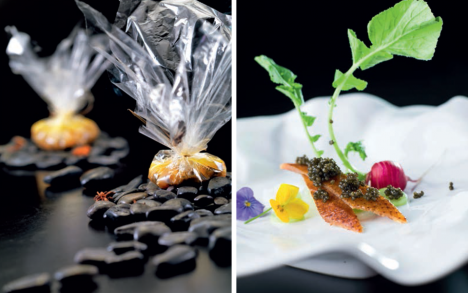
Foamed Cuttlefish Roe Soup; Peking Duck with caviar.

Chef Li Lin Yu.
There is A SINGLE ITEMON THE MENU at Jing Wu Zhen, MONGOLIAN LAMB.
Jing Wu Zhen. A dinner at Da Dong to experience the ultimate Peking Duck is a pilgrimage. But an easy one. All six locations in Beijing are located in the center of the city, readily accessible from major hotels. A dinner at Jing Wu Zhen, on the other hand, calls for fortitude, near infinite patience in traffic jams, and a knowledgeable chauffeur equipped with an equally knowledgeable GPS. Jing Wu Zhen is located in Beijing’s netherlands, unassumingly tucked away in a non-descript apartment building and fronting what otherwise is an unremarkable alleyway.
No sense just dropping in, as if that were even fathomable considering the two hour drive from the center of Beijing (two hours if everything goes right); Jing Wu Zhen only welcomes guests who have reserved ahead of time. In fact, Jing Wu Zhen has more of the ambiance of a private club than an open to the public restaurant. This ties to its origins, as its owner Zhang Jun Pu originally opened Jing Wu Zhen as a club for his friends. After 14 months, Zhang has quietly opened Jing Wu Zhen’s doors to the public. No advertising. No guide listings. Certainly no internet presence. No TripAdvisor reviews. No Yelp reports. No Facebook Likes. Before going to Jing Wu Zhen for the first time, a Google search yielded...absolutely nothing. That is the very essence of clandestine. Even Google does not know. He is content to let word of Jing Wu Zhen slowly leak out by word of mouth.
Da Dong is known for its signature Peking Duck and the entire restaurant orbits around the dish, but its 138 page menu abounds with additional choices for the meal. Jing Wu Zhen is geometrically more single minded as lamb is the only item on the menu. It is a lamb that exists at no other restaurant in the world. Glorious, succulent, deeply savory, magnificent, tender, lamb.
Jing Wu Zhen’s 27 year old chef, Li Lin Yu, traces the recipe to his grandfather’s friend. This friend was the personal chef of General Chaing Kai Chek and, as a gift, he recorded his recipe on paper and in the Tibetan language. Then living in Mongolia, Li searched for someone to translate and set himself upon the enterprise to duplicate it. His failure on the first attempt was epic. The lamb was too old. The spice mixture was wrong. As he could not control the heat, the lamb was incinerated. And then to make his humiliation complete, he was beaten physically and fiercely by his grandmother for having wasted a perfectly good lamb.
The Mongolian lamb IS SERVED WHOLE for diners to share.
Attempt number two was somewhat better, but nonetheless earned rebuke from his grandfather, evidently less severe than previously administered by his grandmother. Over the next three years, Li moved throughout Mongolia, cooking rustic dishes in simple Muslim restaurants, all the while perfecting his inherited lamb recipe. By the end he had transformed what called for lamb cooked on a skewer in a clay oven, to the slow grilling of an entire lamb over apple wood set upon a special scented mud floor. Although the original recipe called for a spice rub and Li has adhered to that general notion, he has dramatically altered the composition of the rub, removing sugar from the original and incorporating many more herbs and even some medicinal elements. All told the rub is composed of 50 different ingredients.
As studied and perfected as the recipe may now be, it is the lamb itself that remains the star. Li uses only baby milk fed Mongolian lambs. Raised for their lambskin, Jing Wu Zhen is the eager buyer for the remainder of the animal. Every day 22 lambs are air shipped to Jing Wu Zhen. Hung for 3 days to soften the meat and dissipate the acid in the muscles and, after generously applying the spice rub, Li splays out each whole lamb upon a frame for grilling. Slow long cooking is the secret as each lamb is grilled for four hours. At most 11 lambs are available for each meal.
Unless you are a ravenous carnivore, Jing Wu Zhen is not for solo diners. First there are no individual tables as such, all dining takes place in private rooms, each decorated in Mongolian themes. Then there is the lamb. Banish the idea of delicate morsels artistically composed as a sculpture or mosaic upon the plate, thereupon to be solemnly transported into the dining room sous cloche. Instead what is served is the entire lamb, still splayed on its grilling rack. Each of the rectangular tables in the dining rooms has been specially built to accommodate the whole lamb in its center. Of course there are plates and chopsticks at each place
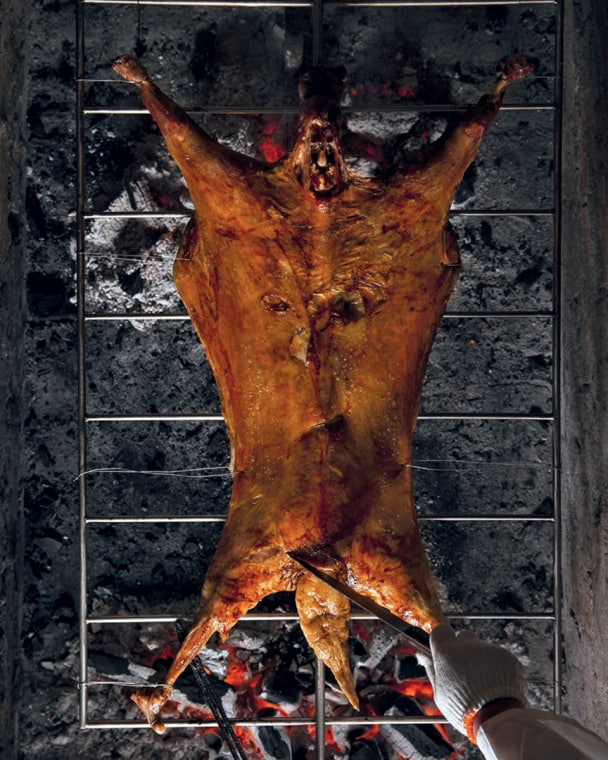
The lamb is slow roasted for four hours.
setting around the table, but that formality seems largely for show. The implement of choice is one’s hand. Plastic gloves are offered and each diner is schooled on the primal art of selecting and tearing off small portions of the stunningly succulent and savory meat with its heady spices. No need for knives and none are offered. Hands dart around the carcass as each diner ranges over the animal searching for small crispy morsels or, alternatively, privileged “cuts” such as the tender neck, leg or rack. The sole accompaniment is a rustic flat bread cooked over the same apple wood fires as the lamb.
There actually is the possibility for an alternative to the grilled lamb. Of course, this is lamb as well, braised in milk and butter. In keeping with the traditions of the restaurant, it, too, is served splayed in the middle of the table to be eaten with gloved hands. Absent the savory spices of the grilled version, the delicate nuances of the meat are front and center. There is no hint of strong “lamby” flavors that usually repose in the fat. Instead the lingering impression is sweet and mild with a texture that vaporizes in the mouth. Three different sauces are offered but why use them? This is lamb unlike any other and deserves to be on the stage by itself.
Grilled with spices or braised? The best solution is two journeys to the hinterlands.
Beijing teems with eateries of all stripes. But in the same way that it would be tragic to visit the city and omit touring the Great Wall and the Forbidden City, so, also, to miss the experiences of these two glories of Chinese cooking that exist perfectly only here: Da Dong’s Peking Duck and Jing Wu Zhen’s lamb.
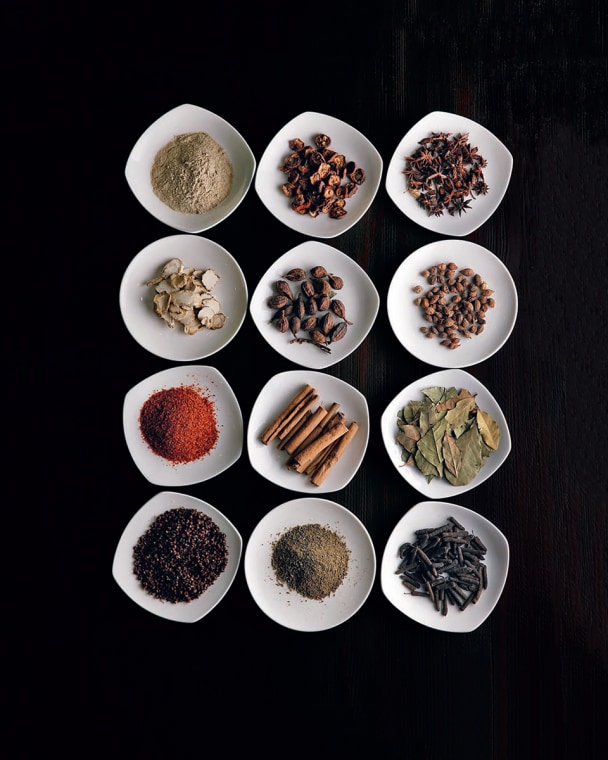
A few of the spices used in the complex blend.
Other issues
Don't miss the latest issue
Sign Up for New Releases